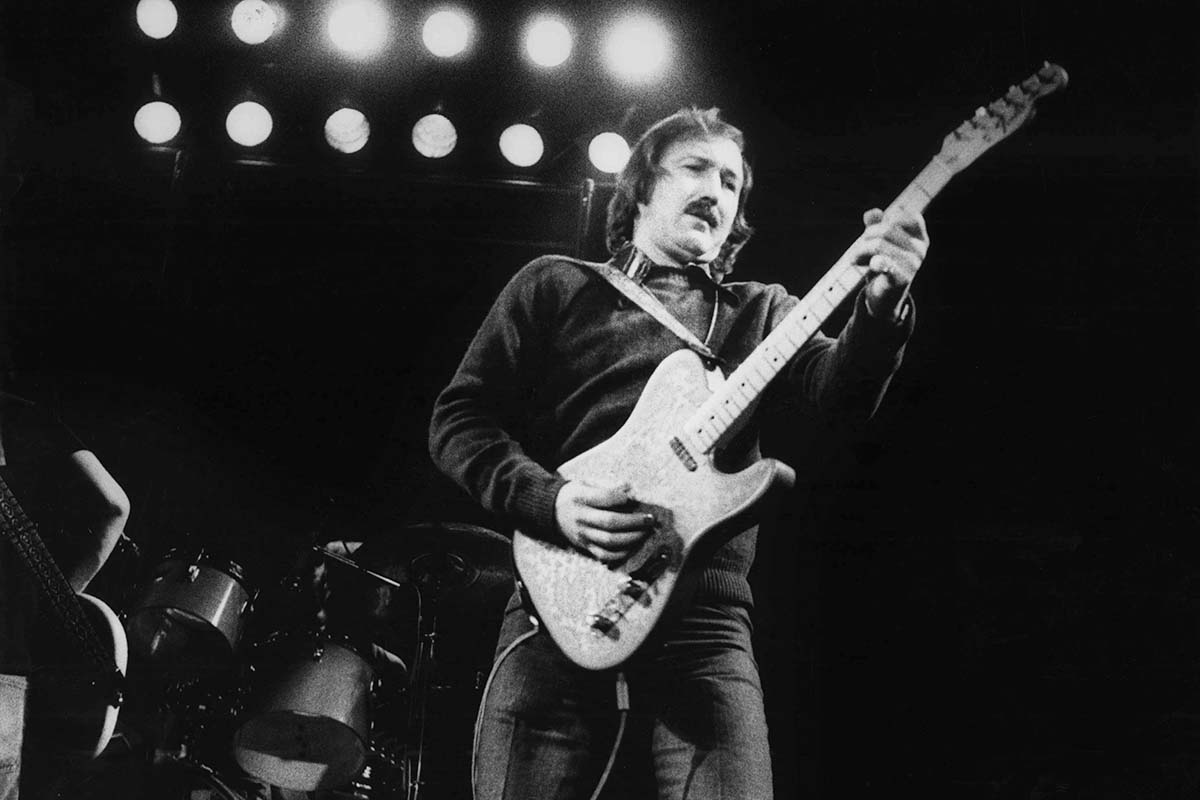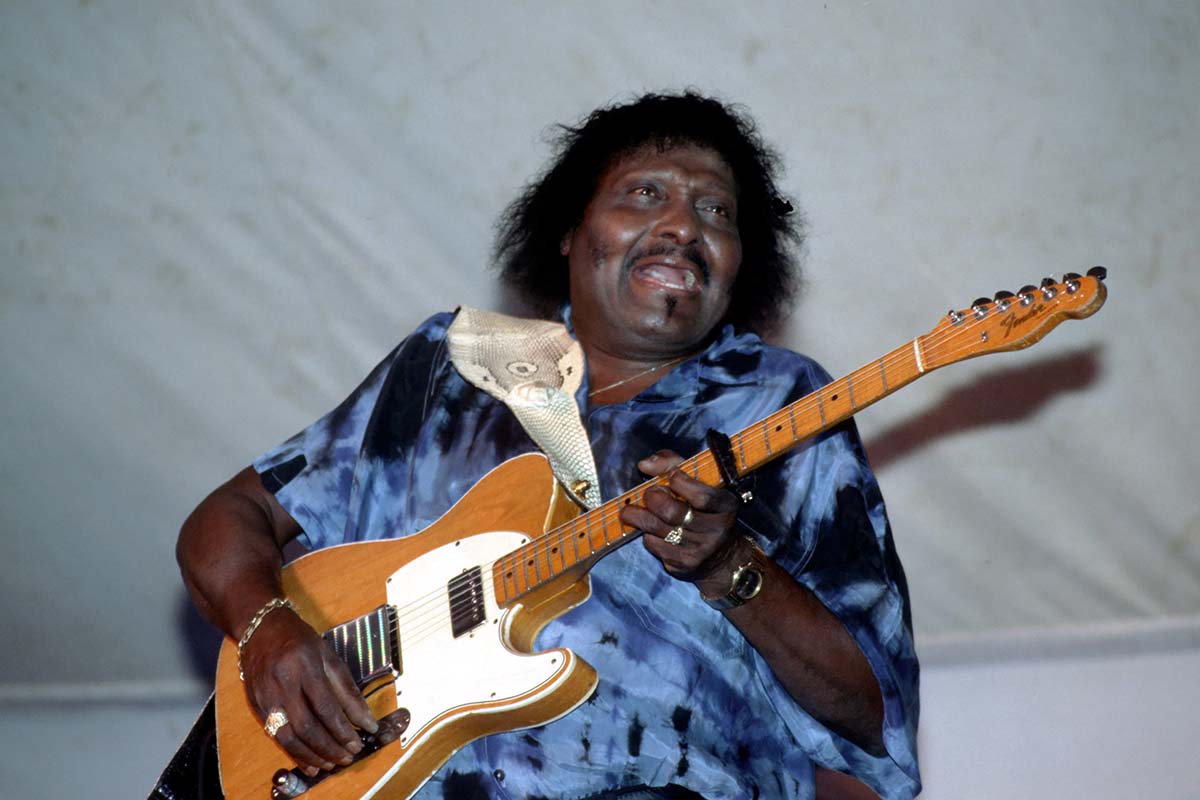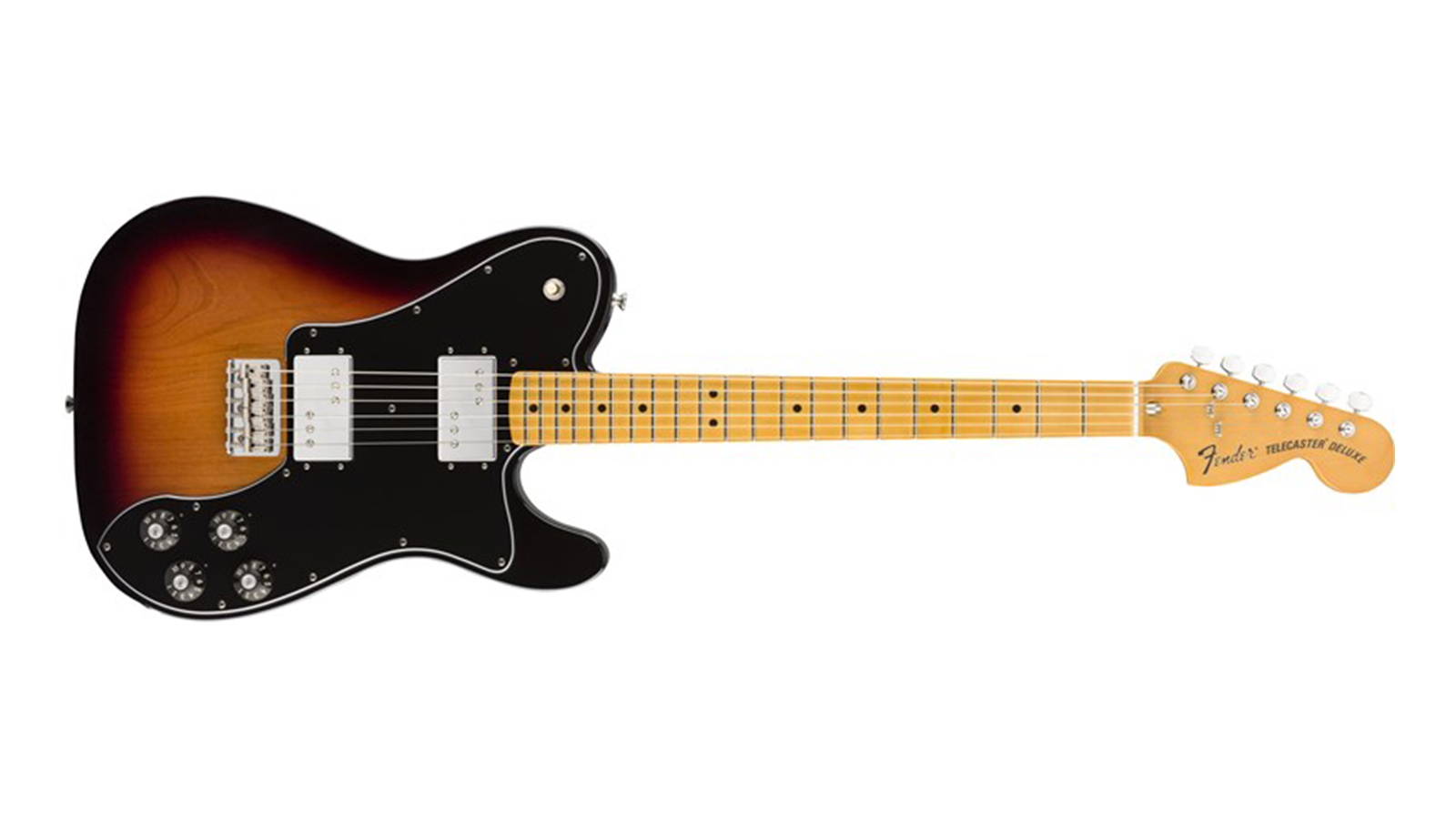The history of the Fender Telecaster, the world's first mass-produced solidbody electric guitar
Leo Fender’s Telecaster was the bolt-on from the blue that changed the world with a tone that could fight its way through any mix

The Fender Telecaster was the Big Bang moment for the electric guitar. The world’s first mass-produced solidbody electric, it has had an immeasurable impact on popular culture. What is the secret to its success? Simplicity is one factor. The best designs have simplicity baked-in.
The 21st-century Telecaster assumes many forms, and yet, whether you are talking about the vintage-inspired instrument from the American Original or Vintera series, or a flagship US build from the American Professional II lineup, the design principles behind Fender’s workhorse electric have remained largely unchanged.
Occasionally, you might find one with a surreptitious body contour, such as the belly cuts on the Deluxe, the modernistic American Ultra Tele and 2010s American Standard. But ultimately, with a Telecaster you’ve got a slab-bodied singlecut, a bolt-on neck, and you can argue the toss over the rest of the spec.
The Telecaster was prefigured by the single-pickup Esquire but would soon usurp it. Similar in build, the Esquire applied some of the components of Fender’s lap-steels at the time – the ashtray bridge, the single-coil pickup seated as part of the bridge. Two knurled knobs controlled volume and tone. The neck – maple, one piece – was Leo Fender’s power move.

The four-bolts and steel neck-plate design were easier to replace than glued-in necks if damaged. They also made the guitars easier to manufacture. Bodies were pine but ash and alder were on the menu too. Whatever Leo could get a hold of, he used.
The single-ply black phenolic pickguard and six-in-line headstock, inspired by 19th-century Stauffer acoustics, gave the guitar a unique look. As with all revolutions, there were bumps on the road. Leo Fender sailed close to the wind financially, investing heavily in cutting-edge tools equipment so that his paradigm-shifting design could be produced at pace.
Also, what to call this guitar? The new two-pickup version of the Esquire was originally named the Broadcaster, but Gretsch claimed trademark infringement relating to its Broadkaster drum set. Fender simply snipped the decal logos on the headstock in lieu of a new name. The so-called Nocaster offered a taste of things to come; within months it was renamed the Telecaster.
All the latest guitar news, interviews, lessons, reviews, deals and more, direct to your inbox!
Unlike Les Paul, Leo was not a player. He relied on feedback to refine his instruments. Then, as now, artist endorsement was vital. When players saw the hot-shot Jimmy Bryant playing a Broadcaster, everyone wanted in.
In 1954, Fender started producing Teles with a white pickguard. The Telecaster has seen a lot of firsts; Nat King Cole guitarist Oscar Moore’s Ermine White ’51 Nocaster with gold hardware debuted the Fender custom colour.

By 1958, all players could pay five percent extra for a custom colour of their own. The Tele player’s options increased a year later with the Custom Telecaster; its double-bound body and rosewood fingerboard a classy update. In the hands of players such as Bryant and James Burton, the Telecaster quickly established itself. Burton’s playing on Dale Hawkins’ Suzy Q scored a hit.
The likes of Don Rich were giving country a jolt from the electric rush of rock ’n’ roll, and by the early '60s, session kings such as Phil Baugh had made the instrument their own. Baugh’s 1965 album, Country Guitar, showed the direction of travel, and it was south of the Mason–Dixon. The Telecaster’s sharp treble twang became the de facto country sound.
Think of a Tele plus Dyna Comp compression and a Fender tube combo and it you think of Nashville. It’s ironic that Telecaster would evolve out of the electric lap-steel guitar only for players to later incorporate pedal steel bends and volume pedals to mimic its forebears.
Blues players such as Albert Collins took to them. The Ice Man’s most famous Telecaster was a 1966 maple-cap model with a PAF humbucker in the neck. Collins would use a variety of alternate tunings – open F minor and open D minor among them – and a capo for an instantly recognizable sound.

Rock players such as Keith Richards, Jimmy Page and Eric Clapton embraced Leo Fender’s spirit of open source design, customizing theirs. Richards applied a reverse-mount PAF humbucker to his, later modding the hardware.
Page applied mirrors and used a top-loading bridge that allowed for easier string bends. Clapton took the neck off his 1956 ‘Brownie’ Strat and bolted it to the alder-body of a Telecaster Custom, consecrating the ‘Blind Faith’ Telecaster at the supergroup’s 1969 Hyde Park show.
The late '60s was a febrile time. Fender had been experimenting with weight-relieved Teles, developing a rare hollowbody ‘Smuggler’s Tele’ before launching the semi-hollow Thinline Telecaster in 1968 to compete with likes of Rickenbacker and Gretsch.
The popularity of humbucker pickups saw many players migrate to Gibson. In 1970, Seth Lover, now of Fender having designed Gibson’s storied PAF humbucker, developed Fender’s response: the Wide Range Humbucker.

Featuring CuNiFe magnets, it was brighter than the PAF, distinctly Fender, and from 1971 the Wide Range Humbucker was used on the Thinline and at the Custom Telecaster’s neck position from 1972 onwards. The dual-humbucker Telecaster Deluxe – complete with belly contour, Strat headstock and choice of hard-tail or tremolo – arrived in ‘73.
This was a big year for the Telecaster. Its distinctive twang, fast attack and playability had ingratiated it to country, rock and blues players. But its contribution to music history was just getting started.
That same year, Bruce Springsteen had just exchanged $185 for his mongrel Tele with the Esquire neck. Punk was coming around the corner. Joe Strummer of The Clash and Brian James of The Damned would electrify the youth with a Telecaster. The likes of Prince, The Smiths’ Johnny Marr and The Cars’ Elliot Easton (most notable models a Nocaster and Pink Paisley) kept the T-style paradigm alive through the '80s.
Players such as Brent Mason and Brad Paisley would guarantee its preeminence at Music City country venues for decades to come, while the likes of Blur’s Graham Coxon and Black Francis of The Pixies showcased how this utilitarian electric guitar – simple, designed for western swing players – retained its cutting-edge, a tool for chiseling out a path for indie and alternative rock.
Jonathan Horsley has been writing about guitars since 2005, playing them since 1990, and regularly contributes to publications including Guitar World, MusicRadar and Total Guitar. He uses Jazz III nylon picks, 10s during the week, 9s at the weekend, and shamefully still struggles with rhythm figure one of Van Halen’s Panama.

